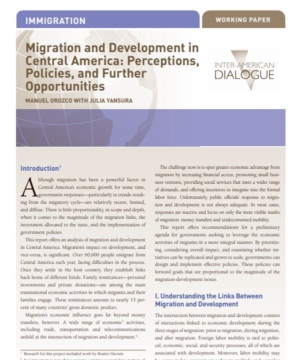
Remittance Costs: Latin America & the Caribbean
The Costs of Sending Money to Latin America and the Caribbean
The Costs of Sending Money to Latin America and the Caribbean
The Continued Growth of Family Remittances to Latin America and the Caribbean in 2015
Central American migration is linked to poverty, inequality, and violence in the region.
Migrant transnationalism, in addition to being an expression of culture, identity and love, is an important economic phenomenon.
It has become increasingly difficult for remittance companies to access banking services. This memo analyzes current trends in bank account closures and discusses their implications for family remittances.
This report offers recommendations for Central American governments seeking to leverage the economic activities of migrants in a more integral manner.
The emigration and return of hundreds of thousands of Central Americans each year, often under difficult circumstances, represents a profound challenge for the region.
One of the greatest challenges that the Central American region faces is ensuring that economic development is sustainable and equitable.
In 2014, remittances to Latin America and the Caribbean grew 4%, reaching at least $62.3 billion.
Remittances can build prosperity, rather than simply sustain survival, in communities throughout Central America.
There has been a sharp increase in the number of unaccompanied migrant children from Central America attempting to enter the United States in the past few years. This increase is also seen among adults, though to a lesser degree. As the United States, Mexico, and Central American countries struggle to address this crisis, debates have raged surrounding the humanitarian, legal, and political implications of any possible solution to this complex and troubling issue. This memo aims to inform the current debate by integrating data on issues triggering this outflow while also introducing the perspectives of the people and communities they affect. Specifically, it draws on data from 900 municipalities to analyze migrant hometowns in relation to human development,violence, and education.In addition, it presents the results of a nationwide survey in El Salvador and a survey of Central American migrants residing in the Washington, DC metropolitan area.
There has been a sharp increase in the number of unaccompanied migrant children from Central America attempting to enter the US.
In El Salvador, a large population is incarcerated in jails that function more like “torture chambers.”
This report investigates the obstacles facing the free and secure flow of remittance transfers from the United States to Somalia.
The Inter-American Dialogue is pleased to publish this working paper by Manuel Orozco, director of our program on Migration, Remittances, and Development, and Julia Yansura, program associate at the Dialogue. Our aim is to stimulate a broad and well-informed public debate on complex issues facing analysts, decision makers, and citizens…

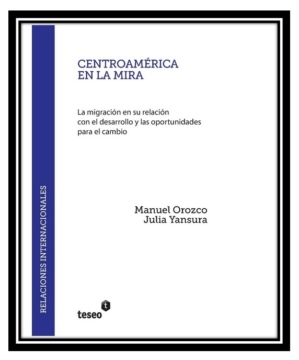
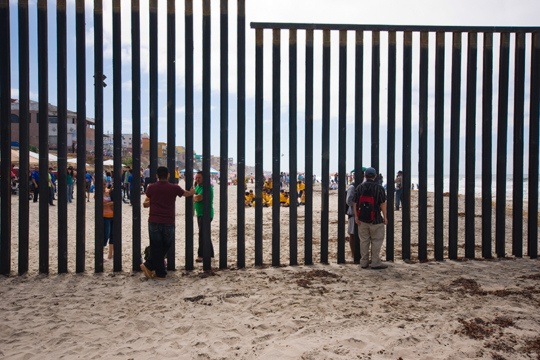
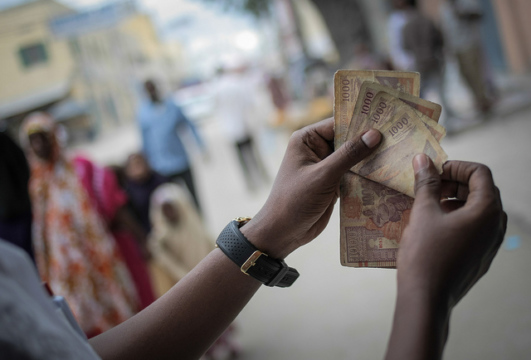
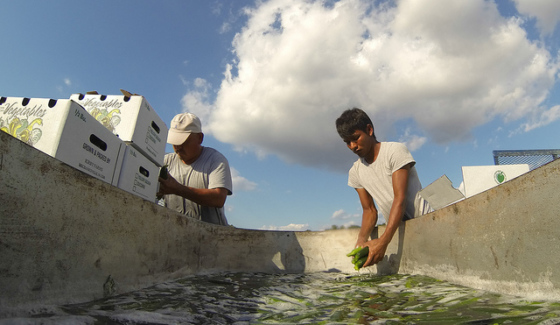
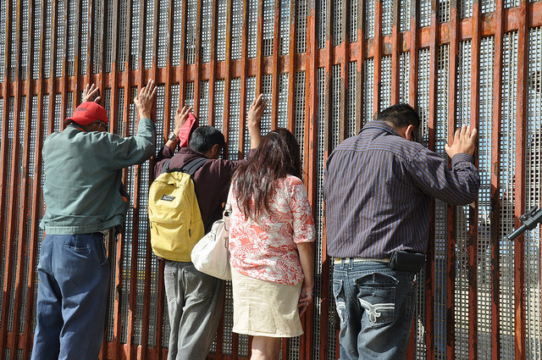
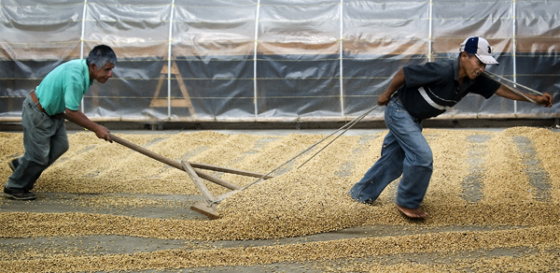

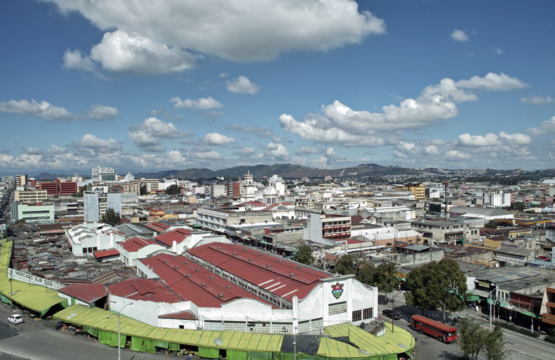
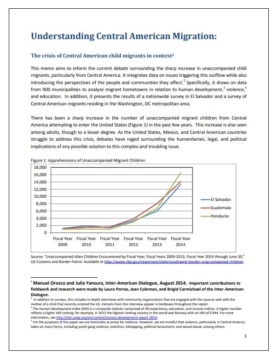
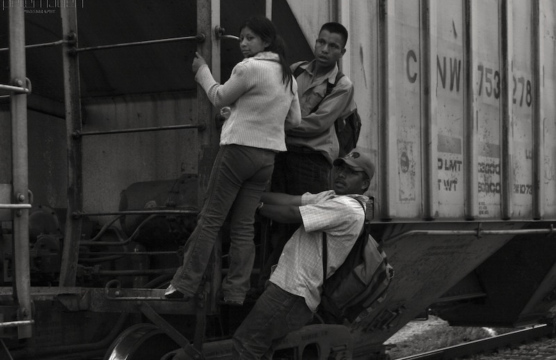
 Video
Video

